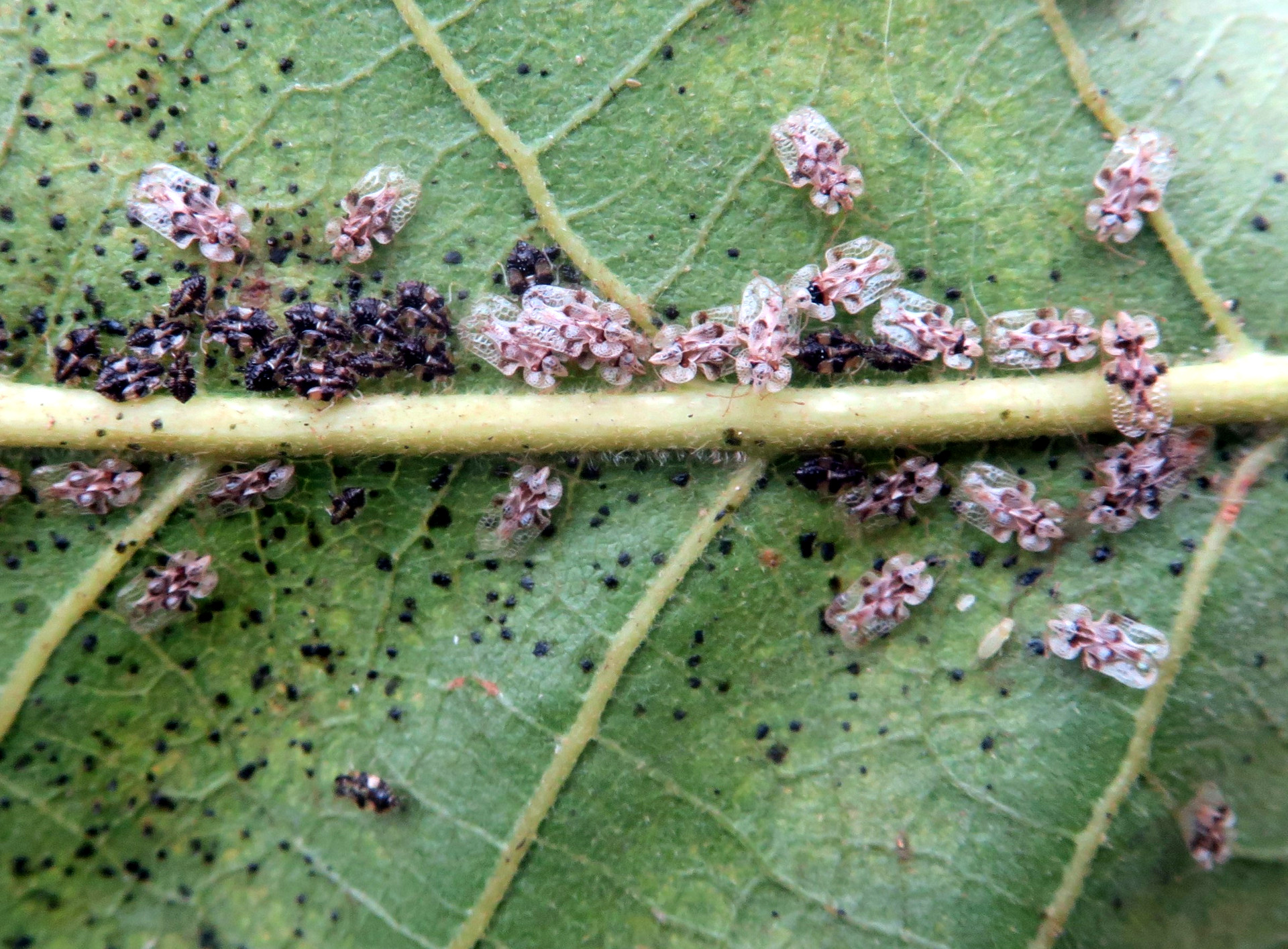
13 – Insects in the canopy
Out of canopy wildlife we notice mainly birds, while insects are rarely observed. Most of them hide silently in the foliage. Of course, there are always some noisy ones who draw attention to themselves from far away. The great green bush-cricket and the red cicada are one of them.


Author: Daniel Bizet, source: faune-france.org
Oak forests have especially rich and unique insect fauna among Hungarian forests. Two-third of the insect herbivores are connected to leaves: they chew, mine, and make galls on it. The ‘works’ of the small (few mm sized) gall wasps are more spectacular than the creators. They lay their eggs into plant tissues where cell division occurs, e.g. buds, leaves, fruits. Then, as a response, the plant grows a shell around the intruder. This is beneficial for the gall wasp larva, too, since it can develop in a safe and comfortable place. After the metamorphosis, the wasp just simply chews its way out of the gall.


Geometer moths are one of the most species-rich groups in deciduous forests’ fauna. Caterpillars (called loopers or inchworms) chew the leaves of trees, and move in a typical looping fashion – hence the name .



Another common resident of oak forests is the strange-looking lappet moth. This large, red-brown moth resembles a dead oak leaf when its wings are closed.

Forest caterpillar hunter is a protected beetle of oak forests. It can fly perfectly, and true to its name it mainly hunts for caterpillars in the canopy, but preys pupae as well. As a carnivore, it plays an important role in forest insect pest control.


Did you know?
The Dioszeghyana schmidtii is a strictly protected moth species of turkey oak-sessile oak forests and dry oak forests of the Carpathian Basin. It flies at the end of March/April, at night, and lays eggs onto newly opened leaves of turkey oak and downy oak. Caterpillars later pupate and winters underground.

Mouthparts of insects tell a lot about their diet...



